Leaderboard
Popular Content
Showing content with the highest reputation on 04/16/24 in all areas
-
Part 1: Land Ahead A teenage officer stretched his body out over the rail to gaze at the far away strip of green on the horizon. The sun is high in the sky, and the water is calm. “Alert the captain,” he said, “Land dead ahead.” Marines and spare men came to the deck to see the green strip on the horizon. None of them could have conceived of what would take place in this place that would later be known as Nouveauterra. Captain Markus Fredsbringer and his fleet of 20 armed merchant vessels make landfall on the shores of Testa Viridus, so named because the land looked like a green tortoise shell in the distance, in the year 890 AF. Fredsbringer is a captain of the Markan Seas Trade Company, following orders from Emperor Ignavus of the Principality of Saint Mark, to establish a statio on this coast. Although the intentions of the mission are peaceful, the merchant vessels are laden with cannon and arms in case privateers or pirates attempt an attack on their formation. Captain Fredsbringer and his crew make landfall on the Southern Belt, at a point with dense and hardy monsoon-tested forest. They quickly establish a statio using the lumber from the nearby forest, and send back ships for supplies as well as to inform the MSTC of their success. Local people soon flock to see the sun-burned sailors in their guns and armor. Close behind them was a man in stately attire. Billowing white pants and a white shirt embellished with colored patterns, as well as tightly wrapped leather boots. The stately man’s name is recorded as Bertus of Nederwald, and after many conversations with Captain Fredsbringer, they establish a trading relationship with the people of that area, called Blauflocke. As the two converse more, Captain Fredsbinger discovers that Blauflocke is only one of many small fiefdoms in this southern coastal area. The fiefdoms spawned from the density of the forest, and the natural choke-points created by the environment. It also means said trade deal only applies to Blauflocke. Emperor Ignavus is pleased when news reaches the Principality with tales of success. He sends more vessels, and commissions scribes and learned men to go as well in order to record the culture. A recovered map of the area from 917 AF, commissioned by Emperor Ignavus and certified by Claudius Anguis, Chief of Operations in the Markan Seas Trade Company The Principality of Saint Mark gathered enough influence and local manpower to reform the first statio in a place they call Traiectus in 902 AF. It is for the most part a fortress with a small clustering of buildings nearby, but it will grow into a vibrant city of Gué in the far future. It will stand as a marker for the kind of influence Saint Mark will have on the region. Guns, and armor. A second expedition is sent out, and lands further north than the first group. They similarly have an easy time establishing good relations with the locals, and quickly aid them in founding the statio of Montes Magnos in 915 AF, which would later be known as Pointe-d’Espoir. These two outposts work as crucial logistical and military nodes for the Saint Markan empire, and will be the linchpin for future expansion.4 points
-
.thumb.png.4daa7e8c59da438450aaf48f86059164.png)
Regions of Giovanniland: The Travel Guide
Sekiya and 2 others reacted to Giovanniland for a topic
Maps These maps serve as a helpful addition to the introduction, providing an useful visual overview of the country. The four maps included are a map featuring each of the seven hundred municipalities (both urban and rural), two other maps for the seventy-three provinces and sixteen regions, and lastly a view of the major cities, all the urban municipalities in Giovanniland with more than 100,000 population. Municipalities Provinces and the capital Giovannia, which is not part of any (Fru. – Frundone; G. – Giovannia) Regions (G.M. – Giovannia Magna) Major Cities3 points -
.thumb.png.4daa7e8c59da438450aaf48f86059164.png)
Regions of Giovanniland: The Travel Guide
Sekiya and 2 others reacted to Giovanniland for a topic
Introduction For the first part of this Travel Guide, before delving deeper into each of the sixteen regions, we have decided to start with an overview of them. This introduction features a description and some statistics for each region, and the regions are also listed here in the same order they will appear in the guide, starting with the most populous region Giovannia Magna, as mentioned in the preface. (OOC: The images for each region are AI-generated). Giovannia Magna Population: 3,591,220 Area: 13,061 km² Density: 275/km² Capital: Giovannia (pop. 1,563,119) Notable cities: Vinikiana (pop. 240,927), Raffellara (pop. 228,012), Mattenia (pop. 154,225) Giovannia Magna is the heart of the country, its most populous and most densely populated region. The national capital Giovannia lies at the central part of the region, near the confluence of the Keleste River with its tributary, the Terente. An area of more recent population, as the city was built as a planned new capital for the Giovannian Empire, the region stands today as a testament of the nation's development. Giovannia offers a range of historical and cultural attractions such as the old Imperial Palace and the National Museum side by side with very futuristic buildings, and beyond the capital, other cities within its metropolitan area of 3 million inhabitants are also well worth the visit. Giovannia, the national capital. Lavanda Prima Population: 2,877,251 Area: 18,686 km² Density: 154/km² Capital: Uryde (pop. 509,819) Notable cities: Quorivo (pop. 262,144), Dazane (pop. 181,632), Kyene (pop. 150,825) The cradle of the ancient Lavandulan civilization, Lavanda Prima is one of the main travel destinations of Giovanniland. Its capital Uryde was once the capital of the Lavandulan Empire, under its old name of Lavandula, and retains several historical buildings from antiquity, the city of Quorivo is known for the powerful medieval duchy that bears its name and for being one of the two II Summer Esferiad host cities, and more to the south, Kyene is the birthplace of Violetism and a site of pilgrimage featuring the largest Violetist temple in Esferos. Furthermore, Lavanda Prima is also notable for its beautiful and popular beaches on the northern coasts, and for its two famous festivals, the Lavender Festival and Violet Carnival. The historical district of Uryde. Lavanda Sekunda Population: 1,260,934 Area: 22,342 km² Density: 56/km² Capital: Kastellavando (pop. 116,205) Notable cities: Rivomonte (pop. 104,333), Pelkarma (pop. 70,822), Lyogalla (pop. 52,830) Lavanda Sekunda offers the feeling of Lavandulan history and culture just like Lavanda Prima, but also a respite from the multiple large and bustling cities of its northern neighbor. The region name is a historical reference to the fact the Lavandulan civilization first grew near the coastal lowlands to the north, and then expanded southwards during the Lavandulan Empire to the hilly areas that today compose Lavanda Sekunda. Some of its attractions are its beautiful broadleaf forests and multiple Violetist temples throughout the countryside; as well as the area to the south where the contact between the Lavandulan and Abrentan civilizations happened during the Middle Ages, home to the first capital of the Giovannian Empire, Rivomonte. A Violetist temple in the countryside. Verdiante Population: 755,901 Area: 21,968 km² Density: 34/km² Capital: Valsereno (pop. 81,559) Notable cities: Gile (pop. 54,270), Pradobeno (pop. 50,245), Amarena (pop. 39,522) Verdiante is a region known for its natural wonders. It contains a majority of the Ameno River's basin, a significant river that marks the southern section of the border with Blue Bubble, with many beautiful lakes, valleys and waterfalls. The capital Valserene is the starting point of many itineraries that traverse the region, from the western plains to the northern highlands, passing through numerous smaller, charming cities with a calm atmosphere. These itineraries are a notable example of eco-tourism in Giovanniland, showing the region's commitment to preserving its natural beauty. A known landmark of the region is the Abrio Peak, the highest point of Giovaura, near the small town of Altario. A view of the Abrio Peak and the forests surrounding it. Primolido Population: 3,141,592 Area: 12,376 km² Density: 254/km² Capital: Porto Violeto (pop. 1,004,153) Notable cities: Annavilla (pop. 305,746), Amorante (pop. 213,504), Kampobello (pop. 147,069) Primolido is Giovanniland's third most populous region, known for its beautiful coasts, rich culture, and very advanced development. The region's name pays homage to being the first lands settled by the Abrentan civilization, which then expanded throughout southwestern Lavender Island and laid the basis for Giovanniland's modern history together with the Lavandulans. The capital Porto Violeto is the nation's most important port and also a hub of tourism, featuring several famous waterfronts and promenades. Other cities such as Annavilla and Amorante are popular for their many beaches and nightlife, while the northern part of the region features some off the beaten path locations and the Isla Abrenta, a major island. Porto Violeto, Giovanniland's second largest city. Akallia Population: 1,599,678 Area: 19,987 km² Density: 80/km² Capital: Salvoregno (pop. 162,087) Notable cities: Lurtone (pop. 120,631), Sonserina (pop. 103,715), Lastrilla (pop. 75,963) Often overlooked, the region of Akallia is not only a gateway between Giovannia Magna and Primolido, but also a very unique travel destination on its own. Settled in the early and middle periods (95 BF-349 AF) of the Abrentan Classical Era, this region offers some of the best preserved castles and villages of that civilization. Its capital and other large cities still show strong traits of the medieval Abrentan architecture and culture to this day, learning to conciliate modern development with their rich history. One can also visit smaller cities where these storied buildings are still nearly intact, the inhabitants offer warm hospitality, and the streets tell tales of a bygone era. The city of Salvoregno and its Great Castle. Spandorto Population: 856,196 Area: 42,001 km² Density: 20/km² Capital: Tommasia (pop. 76,920) Notable cities: Uprino (pop. 64,833), Kornelio (pop. 41,609), Kurrente (pop. 31,728) Similar to the region of Verdiante, Spandorto is also a good destination for those seeking to explore the nature of Lavender Island and enjoy the local culture in some smaller cities. The region features plains to the west, notable for being one of the areas in Giovanniland with the highest amount of farmland, and more mountainous territory to the east, which is sparsely populated. Some notable destinations include the two largest cities Tommasia and Uprino, often the first stops in a trip in this region, the iconic city of Oddolino surrounded by many hills and known for its beautiful buildings, and the famous waterfalls of the Gratioso River, a tourist attraction on the Giovannilandian-Minsunese border. The central district of Oddolino. Abrenosto Population: 3,571,249 Area: 29,550 km² Density: 121/km² Capital: Abrentopole (pop. 425,870) Notable cities: Karlopole (pop. 347,106), Portovini (pop. 134,057), Bayabrenti (133,574) Abrenosto is a region best known for its lively culture, with a name meaning Southern Abrento and alluding to the southern expansion of the Abrentan civilization and foundation of their second capital, Abrentopole, which today continues on as an important city. This city is often called the Giovannilandian Capital of Culture, owing to its famous festivals, art exhibitions and culinary scene. Many traditional meals from Giovanniland originated in this region, such as the world-famous pizza and the many recipes featuring seafood. Other notable destinations include Portovini, aptly named for the vineyards near the city, and Karlopole, a city of more recent settlement which is located near the Minsunese border and offers a distinct blend of cultures. Waterfront and restaurants in Abrentopole. Lido Flavi Population: 2,011,284 Area: 12,870 km² Density: 156/km² Capital: Andoliavilla (pop. 640,816) Notable cities: Flaviopole (pop. 219,422), Giuvenoria (pop. 123,855), Einotta (pop. 108,162) Lido Flavi is home to Giovandolia's capital Andoliavilla, the third largest city and second largest port in Giovanniland, a coastal haven notable for its vibrant nightlife and culture, alongside historical buildings from the time of Giovannian Empire and large museums. Also notable is Flaviopole, founded on the site that the expedition to Andolia by the general Flaviopole first landed, and other coastal cities like Giuvenoria and Delliaro. Lido Flavi is also home to the Irto River's delta and several different biomes, such as moist and dry broadleaf forests, as well as arid and semiarid shrublands, a nice combination for eco-tourism. Andoliavilla, Giovanniland's third largest city. Feragia Population: 2,402,339 Area: 23,586 km² Density: 102/km² Capital: Nenofre (pop. 237,690) Notable cities: Urbevittori (pop. 128,165), Kantemo (pop. 101,472), Novo Uryde (pop. 88,125) To the south of Lido Flavio lies the region of Feragia, the most populous of Giovandolia, with its vast plains and shrublands. The capital Nenofre is located on the plains crossed by the Irto River, being one of the many settlements dating back to the ancient Beremean civilization that flourish until today, while others. The region's mostly plain territory and fertile lands are perfect for agriculture, while tourism is also significant due to the many ancient ruins. There are also cities that have a strong Lavandulan influence, such as Novo Uryde and Vallespi, with many Violetist temples. Landscape in Feragia, featuring ruins of an ancient city. Terra Violeta Population: 1,138,762 Area: 18,703 km² Density: 61/km² Capital: Villaflori (pop. 145,603) Notable cities: Antoniopole (pop. 62,921), Bevimo (pop. 51,470), Urbeleoni (pop. 44,314) Terra Violeta is a land of many valleys and mountains located to the south of Feragia, known for its beautiful savannas and grasslands. Villaflori, the City of Flowers, is Terra Violeta's capital and fits its name well, featuring large gardens alongside its modern buildings that are worth the visit. The capital and other major cities are mostly located on the lowlands of the Irto River and its tributaries, while the highlands have smaller settlements and breathtaking views. There are several itineraries that explore the rural lands of Terra Violeta, with the aforementioned valleys and mountains. The largest garden in Villaflori. Altana Population: 1,652,036 Area: 13,518 km² Density: 122/km² Capital: Islamagna (pop. 321,874) Notable cities: Bayabella (pop. 170,236), Potestana (pop. 111,382), Nova Annavilla (pop. 105,190) Altana, nicknamed the Land of Eternal Coasts, is the second most densely populated region in Giovandolia and also the northernmost, when considering the Islas dell'Annovo province. In the coastline of Altana, golden sands stretch as far as the eye can see, and some of the most famous beaches in the entire country can be found here. The capital Islamagna is located on the archipelago and developed from a medieval fort called Forte Giovanni, one of the earliest conquered areas by the Giovannian Empire outside Lavender Island, therefore it has plenty of historical places to visit. Other interesting destinations are on the mainland, like the popular coastal cities Bayabella and Potestana, as well as Oddabrio (Altan-qota), the historical capital of the Ardala Khanate. The coast of Islamagna. Doruna Population: 1,055,820 Area: 12,856 km² Density: 82/km² Capital: Markellia (pop. 119,456) Notable cities: Sekundia (pop. 87,635), Granfoge (pop. 62,910), Murengo (pop. 52,162) Doruna, meaning the Eastern Region, features many valleys and mountains and has a similar vegetation to Terra Violeta. The capital Markellia is a picturesque town surrounded by vineyards and orchards, offering a taste of the region's agricultural richness, while Tenge is notable for its seaside resorts, both located on the more densely populated northern part of the region. Meanwhile, the southern cities of Kadivale and Urruma offer a gateway to the mountainous and sparsely populated lands of south Vallivante, where many explorers partake in travels towards the upper reaches of the Irto River. The landscape around the city of Murengo. Oltoveno Population: 903,482 Area: 21,561 km² Density: 42/km² Capital: Gallasera (pop. 60,781) Notable cities: Ettore (pop. 52,410), Andona (pop. 42,345), Giakinia (pop. 41,859) Oltoveno is located on the central lands of Giovandolia and offers diverse landscapes. In the north, cities such as Andona and Quirino are good starting points for itineraries to explore the valleys of the Mellito River and the Altandobbo Mountains located on its northern border. The capital Gallasera and the city of Giakinia are known for their lively culture and nightlife, while in the south, the city of Ettore is the gateway for the southern regions of Kordelleria and Vallemuni. The capital Gallasera and the Irto River. Vallemuni Population: 1,748,631 Area: 28,009 km² Density: 62/km² Capital: Gioseppole (pop. 161,914) Notable cities: Daurone (pop. 115,477), Purpurana (pop. 100,336), Amorio (pop. 63,209) Vallemuni is known both for its artistic prowess and scenic nature. The capital Gioseppole is known for its grand theaters, art galleries, and street performances, as well as the Gioseppole Arts Festival, the largest in southern Giovandolia. Other cities such as Amorio and Daurone feature interesting architecture on the riverbanks of the Emuno, while the southern areas (the extreme south of Giovanniland overall) are known for eco-tourism and natural reserves. There are many options of trails and safaris for the tourists seeking to uncover the vast diversity of the grasslands and savannas, while being mindful about protecting the environment. The city of Gioseppole during one of its Arts Festivals. Kordelleria Population: 738,765 Area: 84,020 km² Density: 9/km² Capital: L'Apertura (pop. 49,512) Notable cities: Monteventi (pop. 30,190), Pando (pop. 22,246), Larone (pop. 19,121) Last but not least, Kordelleria is the largest and also most sparsely populated region of Giovanniland, dominated by the majestic peaks and tranquil valleys of the Giovandolian Mountains, and home to coniferous forests not found anywhere else in the country. The capital L'Apertura is located in the main mountain pass that connects the lands north and south of the mountains. It's also a common starting point on tours to explore the vast mountainous region, while the small villages throughout the way are serene and idyllic places to stop by between the large hiking trails of an itinerary. If one is daring enough, an unique experience is to visit the Violeta Peak, the highest point of Giovanniland. The Violet Peak during winter.3 points -

The Newlanders: A Collaborative History of the Nouveauterran Peninsula
Federation of Inner Ryxtylopia and one other reacted to Nouveau for a topic
Part 2: Tall Palms Emperor Tenebrosus stood with his fists on his hips as he stared at the enormous map table before him. He took up a miniature figure of a soldier with a rifle, and placed it on a blank part of the map. His advisers look up at him with some confusion. “War, Emperor?” an advisor said. “Absolutely,” Emperor Tenebrosus said. “If the reports are true, there is wealth in those fields. Cut out the salesman, and get the sale for ourselves, so to speak.” “Who shall perform the fighting?” the same adviser asked. “The Company of course. We can’t spread ourselves too thin.” The Principality of Saint Mark controlled a burgeoning coastal trading kingdom in Nouveauterra by 929 AF through the Markan Seas Trade Company. The Principality garnered a great deal of wealth in the form of foods, spices, stimulants, and psychedelics. It also had the two major statios of Traiectus and Montes Magnos, as well as many local allies. Emperor Tenebrosus wanted more wealth from this trading venture, and gave the MSTC an expanded mandate: exert direct control over the coast and the interior. Captain Andreosus Mylopopos, commissioned in 928 AF, painted by Aelos Volpes Captain Andreosus, a skilled land and sea fighter for the MSTC, was elevated to the position of Field Marshall, and assigned a retinue of nearly 1000 soldiers in order to complete the task of exerting more control in the region. However, 1000 soldiers was a far cry from even conservative estimates of the required forces. The Emperor wanted thousands upon thousands of miles of jungle, grasslands, and mountain holds under his control. Captain Andreosus began his duties by talking to the locals. The locals of the southern coast were once a part of a Peombroek Confederacy, but the idea fell apart due to apathetic leadership and poor finances. Captain Andreosus took this concept and sold it to the locals once again. With Imperial financial backing, he could easily convince local leaders that their old confederacy would have legs this time. Captain Andreosus gathered together his retinue, local lords, and interested people in the Long House in Aelebach, a short hike beyond the walls of the Montes Magnos statio. The men drew lines on ball and stick maps, and talked numbers in nearly four languages. The men raised their weapons to the air, and shouted AYE in affirmation of the crafted deal after a week's worth of discussion. That shout gave birth to the Aelebach Federation, the nail to Captain Andreosus’ hammer. Captain Andreosus, with the backing of his Aelebach Federation, began to sweep the southern coast and the interior in 930 AF. The Federation contained 1000 trained men-at-arms from the Markan Imperium, 8,000 skirmishers and shock troops known as langeschnäbel, and 2,000 men at the ready from local militias. Markan warfare in the 900s evolved to suit a tropical environment. Combat was performed in loose bulbi, blended units consisting of gunners, halberds, swordsmen, and sometimes even grenadiers. (In order from left to right, a recreation of a 10th century hand-gun, a recreation of a 10th century Markan mercenary sword, and a museum recreation of a 10th century Markan royal halberd, however simplified halberds were more common in the MSTC) Bulbi were flexible and could quickly move through the forest in loose formation, assembling together for a strike in a moment’s notice. The blend of long and short range attack meant a bulbo could cause havoc to whoever it came across. Armor commonly seen on veteran Markan fighters Armor was light, only a helmet, and a breastplate. Some soldiers specializing in close fighting bought steel chaps to protect their legs, however some abandoned armor altogether, such as gunners or lieutenant message runners. Captain Andreosus’ army was composed mostly of this bulbi style, while soldiers of the Aelebach fought in skirmishing formation, blending long distance gunnery and archery together with intermittent close range fighting. Fighting would come in the form of skirmishes for nearly 22 years. Clan or local officials would often capitulate upon seeing Captain Andreosus’ force, however disgruntled or opposed locals would skirmish with the force until they were forced to retreat or died. It took reaching the grasslands in 951 for the Markans to encounter a formidable hostile force, the Neberseck and the Langbord Confederacy.2 points -
Akachi the Unfaithful Part 1 The birth of Akachi The city of Afihadume ruled over the surrounding hills, which bore the same name. In this city stood a large statue standing seventy cubits, who acted as the god of the people of the city. Made of polished onyx stone and beset with precious gems, its head was that of an ox, and its body was that of a mighty man in a seated position with its legs crossed. A 14-cubit obelisk inlaid with gold was located between the statue's legs, which the women offered flowers to daily. At daybreak, the sun would rise between the horns on top of its head, and the people would worship the statue for bringing forth the day, and at sunset, a chosen maiden would sleep beneath the obelisk all through the night to entice the god to return the day. The name of this god was Fames, ruler of the sun and sky, and the people swore by Fames; when they went to war, they fought and died in the name of Fames; and when two youths joined in marriage, they were blessed by Fames. There were thirteen other gods that could be found in the night sky in the appropriate season; they also served the people of the city, but Fames was above them all. And a law was passed that every house was to have an idol of Fames before they would be allowed to place any other god, idol, or shrine in their house, and if one broke this law, the entire household would be locked within, and the house would be set ablaze. One of the Priests of Fames was a man named Yobanna who had six sons: the oldest was Mazzi, born of Amara, a princess from the north; the second was Yelani, born to Edele, the daughter of a merchant; the third was Akachi, born to Nkiru, a captive harlot who served Yobanna for a year before being sold; the fourth and fifth were Diyi and Izuchukwu, the brothers of Mazzi, all sharing the same mother; and the youngest was Akumjyeli, the brother of Yelani. Yobanna also had three daughters, the oldest being Chidi, the sister of Yelani and Akumjyeli, born of Edele, and twin girls named Chinaza and Chineze, sisters to Mazzi, Diyi, and Izuchukwu, born of Amara. All the children of Yobanna were educated by the priest to know the seasons and the stars, history, and herbalism. Whenever one of his children showed interest in something, Yobanna would seek out a teacher for his children to learn from. All of them but Akachi. On the night of Akachi's birth, stars fell from heaven, terrifying the people. One such star fell and struck the head of Fame, destroying it and causing the head to crush the obelisk. When the star struck the head, it broke in two, one piece destroying a portion of the king's house and the other landing harmlessly on the door step of Yobanna; at that exact moment, the child crowned and broke free of his mother. Fearing the people would attach meaning to this, Yobanna quickly hid the piece under his home. Upon entering the house and looking upon his son with great joy, he named him Akachi, meaning "the hand of God." He then beckoned the mother and child to leave for a safe place as flames began to spread across the city. The next morning, after the fires had been put out, the King of the city, Uwaezuoke, called all his advisors, all the wise men of the city, and all the priests together. Uwaezuoke was a mighty warrior, undefeated in battle. He and his army conquered the hills of Afihadume and all the land surrounding it, making his name known far and wide. As the men gathered into the remains of the king's home, Uwaezuoke spoke to them, saying, "It is no small thing that has befallen us. If we have angered the gods, one of you must know, and if it is a sign to warn, you would also know this. Tell me of this thing so that we may deal with it accordingly." After this, one of the wise men stepped forward and said, "My king, you are wise in knowing it to be a sign, for we all saw the heavens move in the night before. I tell you this is a sign of destructive change to come to us in the future." The Wiseman continues, "Your home being struck means an end to your rule, and the heads of Fames being destroyed marks an end to our city; we must find the cause and root it out. This will appease Fames and the other gods of heaven so that they may spare your rule and our city." At the very end of the wise man's speech, the king's advisor, Ndidi, saw Yobanna standing in the back of the room and spoke up, "My king, is it known that the star broke in two? One piece struck your home, but where did the other go?" Ndidi points toward Yobanna and says, "I tell you, my king, I saw the other piece land harmlessly at the door of Yobanna and seen him hide it under his house." At these words, the king became furious, standing up and calling Yobanna forward. "Is this true, Yobanna? Did you hide this from us?" Yobanna knew this could be the end of his house if he misspoke, so he chose his word carefully: "My king, it is true I hide the piece that befell onto my house; I wished to keep it, for in the moment I believed it to be of worth, but this was done without knowing of the god's intentions, for I knew nothing of the wise man's insight." At this, Ndidi interjected, "A son was born to Yobanna last night. As soon as the piece stopped at his door, I heard the cry of the child come forth; maybe it is not Yobanna who has grieved the gods, but his son." At this, all the men agreed, Yobanna was innocent; devote just as them, and advised the king to judge the child instead to spare the city. Surprisingly, the piece did land at Yobanna's door. So they began to make wild stories about the child not being a child of man but an evil servant of the gods who had to escape the judgment of Fames and heaven. The king, after hearing their stories, looked at Yobanna with kindness and said, "Bring me the child that I may judge him, for I am wise and will know if he is guilty, or if we have mistaken in our insights, do this, and I will gift to you the piece that fell onto my house." With these words, Yobanna knew the king would kill the child, but held it within himself and left to retrieve his son, for it was better that his son die than for his entire household to be locked in and put to flame. As Yobanna walked, waxing heavily in grief to the place Nkiru went with his son, he saw a servant girl bathing with her child close by, sleeping in a basket. The child was a boy no more than a few days old, and surely the king would not know the difference. Without thought, Yobanna stole the child and quietly escaped, making sure to take his time to get back to the king, as he wanted them to believe he walked the whole distance to the place his child was. Upon entering the room, the king's guards seized Yobanna, and the king took the child. As the king uncovered the young child to look at him, at this moment the baby cried forth, and for a moment the king kneeled on the ground near the fire pit, staring at it. "Guilty!" he exclaimed as he took the child by the foot and dashed it onto the ground until it was dead. At this, Yobanna wept, as he knew the child was innocent, and as a fact, he was guilty. The king rose up and tossed the body into the pit before sitting upon his throne. "I know you grieve the child, but he was not a man-child, but an evil bringing destruction to us. You have other sons. Take the piece that fell upon my house and be calm, for your house is now safe from judgment." Ndidi handed the piece to Yobanna, saying, "Take it and leave, or your sorrow may anger the king." With these words, Yobanna left again to the place where his son was still hidden. When Yobanna arrived, he picked up his son with great fear and mourning. He then told Nkiru the mother all that happened, called his kinsmen Ozioma, and told him of the matter, for though he was Yobanna's kinsmen, he was not raised in the city and cared not of Fames nor the king. Yobanna gave Ozioma silver and gold, and against the wishes of Nkiru, she also gave Akachi the child, to be taken far from the hills of Afihadume, so that he would be safe from the king. Ozioma's wife Mayowa had given birth months before to a daughter; she was her first and could feed the child. At this, Nkiru wept as her son would not know her. The morning of the next day, Ozioma and his wife escaped the city with just a donkey packed with some grain and food to hide the gold and silver, and the two young children before morning light. Nkiru, over time, became embittered with Yobanna, no longer wishing to be his concubine, and was sold to return as a harlot shortly after. She never spoke of what Yobanna had done, for she feared the king greatly and believed he would seek after her son. She also held out hope that one day her son would return, and so she kept the secret within herself. Nkiru never had any more children. This story is heavily inspired by canon and non-canon biblical stories.1 point
-

Liga di Fiutbol "A" | The Ryxtylopian Soccer/Football League
Zoran reacted to Federation of Inner Ryxtylopia for a topic
Twenty-First Match day of the Ryxtylopian League 0-1 Marco Tixalva 65' 1-1 Diaxve Barravez 83' Pablo Carraizé 76' 2-0 Andreís Dixilfane 48' + 77' 2-1 Rauíl Disquiverria 63' Enrico Disvixa 85' Marco Liandres 79' 3-2 Marco Indrivanda 41' + 79' Randé Tsilvana 55' Ezicaiel Barvas 50' Andreís Diraberua 70' Marco Indrivanda 88' 2-0 Marco Viraxa 54' + 82' 2-0 Andreís Viriaxa 39' Marco Diarvuna 74' Enrique Rafaela 73' 2-3 Pablo Arvaléz 53' + 74' Julio Indrava 45' + 80' Inzé Fransquixa 67' 0-2 Ezicaiel Xiviscarra 54' + 80' 1-1 Marco Dipartí 65' Ernysto Raivinas 84' 1-4 Rauíl Armatez 90+1' Terado Irrasvasquia 27' + 76' Andreís Richava 54' + 68' Pos. Team. Pld. W D L GF. GA. GD. Pts. 1 Libre 21 19 2 0 57 17 40 59 2 Mytapixas 21 18 1 2 56 17 39 55 3 Rio Priava 21 17 4 0 51 16 35 55 4 Isportivo Ryxenia 21 16 4 1 46 17 29 52 5 Bixas 21 15 3 3 43 18 25 48 6 Raquivas 21 12 6 3 41 22 19 42 7 Myvas 21 12 3 6 31 22 9 39 8 Tsalapaní 21 11 5 5 30 21 9 38 9 Unydo di Vynitiná 21 8 8 5 29 26 3 32 10 Pinichaca 21 9 5 7 24 22 2 32 11 Obriros 21 8 6 7 19 18 1 30 12 U. di Ryxenia 21 8 4 9 24 24 0 28 13 Qixas 21 6 6 9 19 26 -7 24 14 U. di Saxatí 21 6 5 10 23 30 -7 23 15 Cintral Liipica 21 5 4 12 11 26 -15 19 16 San Liarvas 21 5 2 14 16 33 -17 17 17 Ystiandes 20 3 4 13 13 28 -15 13 18 Unydo di Carraizal 21 3 3 15 12 41 -29 12 19 Pinilaca 21 3 2 16 9 38 -29 11 20 Garravas 21 0 8 13 7 26 -19 8 21 Tirilpense 21 1 4 16 10 44 -34 7 22 Ryxtylopiana 20 0 1 19 7 46 -39 11 point -
ARIFIANS CELEBRATE EID TODAY Kampong Besar - Yesterday, the Department of Islamic Affairs announced the date of Eid falling on April 10, 1424, which is today, after the new moon was seen using a high-resolution telescope. Hari Raya is a festival celebrated by Muslims in Arifiyyah, which includes 97% of the entire population. Sultan Arif Nazim Shah with his son Tengku Ali Nazim has agreed to pray at the Great Mosque of Kampong Besar, Kota Kampong. Sultan Arif also led the Eid prayer and also delivered a sermon. Also present were Tun Bendahara Arifiyyah, Tun Rais Zuhdi and also several ministers. "The main purpose of celebrating Eid is to forgive and accept forgiveness. So I call on all Arifians, regardless of wealth and religious background, to forgive each other", His Majesty ordered. His Majesty Sultan Arif also gave raya money to the children who attended the mosque before leaving for Istana Lama Arifiyyah to inaugurate the first open house ceremony. We at Arifiyyah's Times taking our moment to wish Eid Mubarak to all readers that celebrate. May this Eid be the best day of your life. Sultan Arif Nazhim Shah leading the Eid prayer Moment of His Majesty Sultan and children of Kampong Besar1 point
-
Welcome to Apexiala The Principality of Apexiala The Principality of Apexiala is a fast growing, highly developed, coastal, democratic nation that prioritises equality, fairness, integrity and the safety of its citizens. Apexiala has scored a perfect 100.0 on the International LGBT+ Rights Index, recognising it as a very highly developed and free nation, with the highest tier of freedoms, rights, and societal acceptance for LGBT+ people 🏳️🌈. Links 📄 History 📄 Royal Family 📄 Government 📄 Constitution 📄 Legislation 📄 Economy 📄 People/Population & Demographics 📄 Culture 📄 Language 📄 Welfare 📄 International Trade 📄 Cities 📄 Geography 📄 Climate 📄 Wildlife 📄 Military 📄 Notable Companies 📄 Notable People The 💕Principality💕 of Apexiala Full map of Apexiala (v0.6, 08 Jan. 2023) Motto: Equality & Progress Language: Apexialan & Common Government Type: Parliamentary Constitutional Monarchy Head of State: ♔ HRH Princess Katie Amari Head of Government: Prime Minister Tyrus Omara Population: 18,405,858 Population Density: 54.1 per km2 Capital: Oasis Largest City: Oasis Land Area: 340,264 km2 Elevation: Highest Point: ⛰️ 777m Lowest Point: 🌊 0m (Sea Level) GDP (PPP): $708,405,054,987 (2nd in Nur, 14th in Esferos) GDP per Capita: $38,488 (1st in Nur, 21st in Esferos) Currency: Apexia (Ӕ) International Indexes: Intl Development Index: 88.2 See report Intl LGBT+ Rights Index: 100.0 See report Intl Freedom Index: 96.3 See report Intl Democracy Index: Results Pending See report Intl Safety Index: 93.1 See report Intl Animal Rights Index: 76.0 See report Timezone: 🕓 IAT+4 Internet TLD: 💻 .apx Religion: No official religion National Animal: 🐃 Buffalo & 🦬 Bison National Tree: 🌴 Palm Tree National Flower: tbc... History Work in progress... Check back in soon maybe?? text text text... text text text... Royal Family Apexiala has a Royal Family, however its powers are now largely symbolic only. The current head of the Apexialan Royal Family is ♔ HRH Princess Katie Amari (aged 30), who has held the position since coronation ten years ago in 1413, at the age of 20. Next in line to the throne is ♛ Crown Princess Imara Kamini (aged 23) Government Apexiala is a Parliamentary Constitutional Monarchy, with Prime Minister Tyrus Omara as Head of Government. A democratically elected government is responsible for most aspects of the Legislature and routine running of the nation. All levels of government are expected to embody the principles of Equality & Progress. The political establishment follows a trias politica model (Separation of powers), with the 3 separate branches of government: Executive: Prime Minister & Government Legislative: Bicameral Legislature Upper House: Senate Lower House: Congress Judicial: Supreme Court Government & Non-Governmental Departments Bank of Apex Apexiala Diplomatic Relations Apexiala Department of Defense Apexiala Gallery of Art Apexiala Cultural Heritage Apexiala Wildlife Reserve Apexiala Nature Reserve Constitution Apexiala does have a Constituion... But it's a work in progress... Check back in soon maybe?? text text text... text text text... Legislation I'm hopefully going to get around to publishing a lot more details about Legislation But this is still a major work in progress... Check back in another time maybe?? text text text... text text text... Economy GDP (PPP): $708,405,054,987 (2nd in Nur, 14th in Esferos) GDP per Capita: $38,488 (1st in Nur, 21st in Esferos) Apexiala has a highly developed market economy, regarded as free, modern & efficient. Much of Apexialas success can be directly traced back to its origins as an entrepôt (transshipment port), and its flourishing mercantile shipping industry. Apexiala has nationalished the ownership of many core state-run services, particularly in underlying industries such as infrastructure, utilities, telecomms & energy. Notwithstanding state run infrastructure, the nation remains overwhelmingly dedicated to free open market competition, and as such it remains very business friendly and attracts substantial foreign investments. Much of the Apexialas early trading was in the export of tropical produce & livestock, however this has diversified substantially over the last several decades. Various other sectors also contribute to imports & exports, including manufacturing, automobiles, petrochemicals, electrical equipment, technology, medical equipment & medicines, and many more. The nation also has a well established Financial sector, which helps it to remain well placed on the international economic stage. The city of Alowa is home to the Apexiala Trading Exchange (ATX) and is the headquarters for many Apexialan companies, as well as hosting regional offices for many international businesses. People/Population & Demographics Diverse & Multicultural... Ethnic Groups Apexialan 76% Apexialan (Mixed Heritage) 19% Apexialan (Indigenous) 1% Other/Foreign 4% Need to expand on this... it's a work in progress... Check back in soon maybe?? text text text... text text text... Culture Food Apexialan food has evolved from a fusion of many varieties of international styles, and plays an important part of Apexialan culture. As a result of the abundance of livestock & spices much of Apexialan cuisine is centred around meaty and spicy dishes. Notable Apexialan dishes include Massawa Stew (Bison or Buffalo), Tamari Curry, Lemon & Sesame Chicken & Rice, as well as many popular street food vendors. Music Music is also a notable aspect of Apexialan life. Most popular genres of music are: Alternative, Rock, Emo/Screamo, Metalcore, as well as various other subgenres of Metal. Various electronic genres such as Dance, Electro & Trance also remain popular as well. Sport There is no official national sport of Apexiala, however there are a wide variety of Sports, Activities & Hobbies which are popular. Active lifestyle sports and hobbies such as athletics & gymnastics, rock climbing, archery. With it's many cities that line the coastline, water sports such as kite sailing & surfing are also popular. Equine sports include horse riding, horse racing, dressage & show jumping. Apexiala is also home to an F1 Grand Prix race in the city of Oasis each year. More modern hobbies are becoming more prominent such as Esports & Gaming, as well as more niche hobbies like fantasy roleplaying tabletop games. Language text text text... Welfare Apexiala has a substantial welfare support system.... which aims to ensure the highest possible standards of living for all Apexialans. Housing assistance, unemployment assistance, disability assistance, national pensions, Universal Basic Income This expansive social support system aims to ensure that there is virtually no absolute poverty and continually strives to reduce relative poverty as well. International Trade text text text... Cities Rank City Population District 1 Oasis 4,350,939 tbc 2 Massawa 3,382,338 tbc 3 Alowa 2,800,000 tbc 4 Marini 268,377 tbc 5 Madiha 231,061 tbc 6 Tamari 200,000 tbc 7 Milena 164,829 tbc 8 Biwasi 150,000 tbc 9 Nalah 120,000 tbc 10 Kawehi 100,000 tbc 11 Okawa 80,000 tbc 12 Nyasa 45,000 tbc Full map of Esferos (v1.6, 18 Feb. 2023) Geography Apexiala is located at the very north west peninsula of the continent of Nur, within the world of Esferos. Most of the country sits just below the Tropic of Eli, placing it approximately between 17°N to 25°N north of the Equator. Apexialas territory also includes Samira Island to the west. Climate Apexiala has a humid sub-tropical climate. Temperatures are typically fairly warm all year round, with notably hot summers. The southern & western areas of Apexiala experience regular rainfall, with a monsoon season that peaks in late summer. Whereas the central & north-eastern areas of Apexiala experience very little rain for most of the year, with only very brief rainfall in summer. Temperatures almost never drop below freezing point, and there have been no modern records of snowfall. Wildlife text text text... Military text text text... Notable Companies Mikaru: Luxury Automobiles Risaki: Retro Futursim Sports Cars Keyaru: Modern Family Cars, Moderately Premium level, often electric Tibaru: Budget entry level cars Kimora Industries: Metalworks / Steelworks Sirana: Petrochemicals Aridae: Pharmaceutical Syrah: Tech/Cyber?? Karini: Residential & Accomodation Rosetta Hotels: Hospitality & Accomodation Virala: Media, TV Notable People text text text... Industry Apexiala is led by International Trade, Manufacturing, Agriculture & Livestock, Financial Services and Tourism. Its many beaches, harbours and nightlife, as well as its vibrant culture and local wildlife make it a popular holiday destination within The West Pacific. The Kamari Wildlife Reserve is a popular destination for travellers looking to experience a Safari tour. Additional sectors also include Agriculture, Livestock & Wildlife Management and Fishing. Wildlife Reserves Apexiala is home to an abundance of native wildlife which benefit from pristine habitats and strong environmental protections. The Apexiala Wildlife Reserve is responsible for the management of the Safari habitats Some of the animals native to Apexiala include the following: Caribou Impala Oryx Rhino Wildebeest Armadillo Honey Badger Pangolin Possum, Tapir Buzzard Dodo Kestral Osprey Parrot Alpaca Llama Bear Camel Jackal Lynx Manatee Otter Piranha Seal Shark Stingray Terrapin Other Notable Locations - Kamari (Wildlife Reserve) - Ambessa (Small Town & Lodges) - Samira Island International Relations While Apexiala strongly supports democracy both at a national & international level, it prioritises being militarily neutral, thus maintaining only minimal Armed Forces for national defense. Future Articles...? 🪪 ID Cards.... 💴 Currency demoninations... 📚 Primary Education... 🎓 Higher Education... ⚡ Energy Infrastructure... 🛢️ 📰 Newspapers... 🏳️🌈 LGBT+ Pride... 🚅 Public Transport... 🚉🚇 🍹 Nightlife... 🍸 🏛️ Courts... ⚖️ 📈 Stock Exchange... 🔞 Age Restrictions... 📱 Tech... 👑 Royalty... 📜 Constitution... 🗳️ Elections... 🏠 Home Ownership... 🏙️🏢 🏥 Healthcare... 🦺 Construction... 🔬 Science & Research... 📆 National Holidays... 🎐🏮 💱 Special Economic Zones... 🌁🌃🌇🌆 Oasis 🏭🛳️🏗️ Massawa 🏟️ Eden 🛖 Massawa ⚓👨🏻✈️ Nyasa Oasis Harbour IRL Influences & Inspirations Language English, Japanese, Swahili, various European Geography Brazil, Madagasca, Singapore, Kenya, Tanzania Architecture Singapore, Rio de Janeiro, Monaco Political System UK, USA Cultural Values & Welfare Sweden, New Zealand, Singapore Economy Singapore, Hong Kong City Life Singapore, Hong Kong, Rio De Janerio, Monaco, Miami1 point



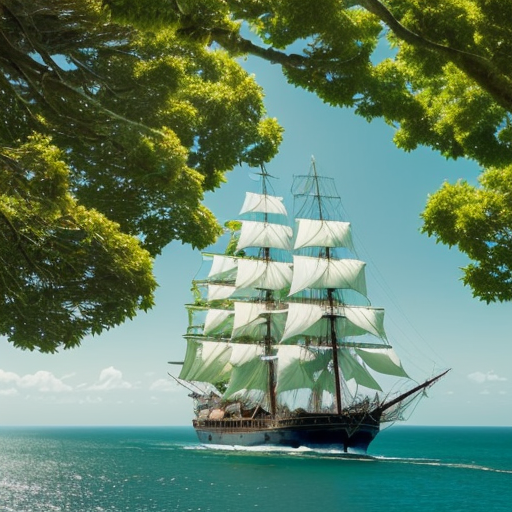
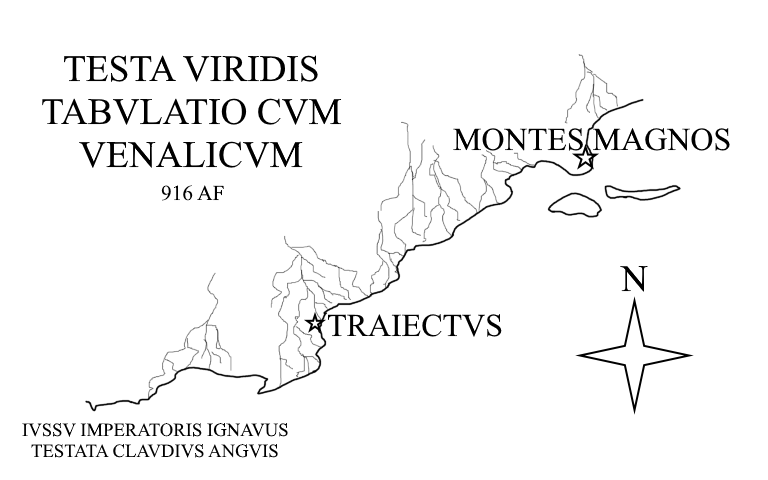
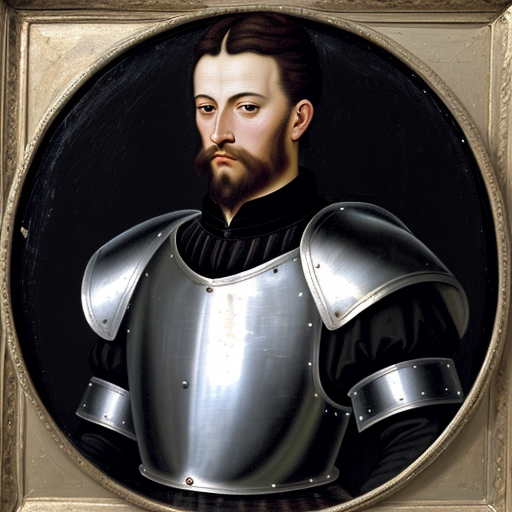
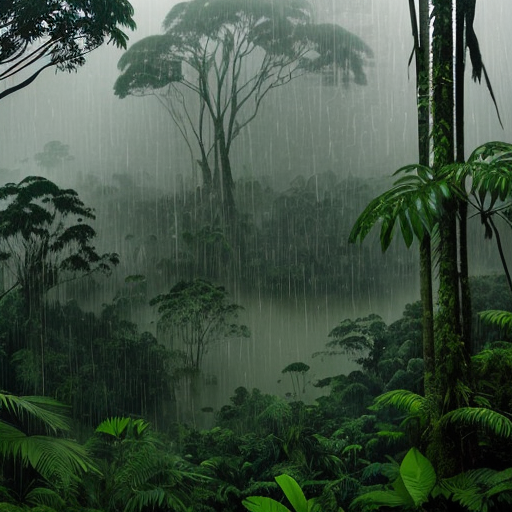


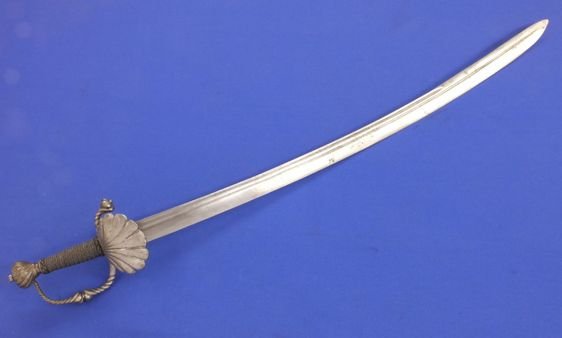
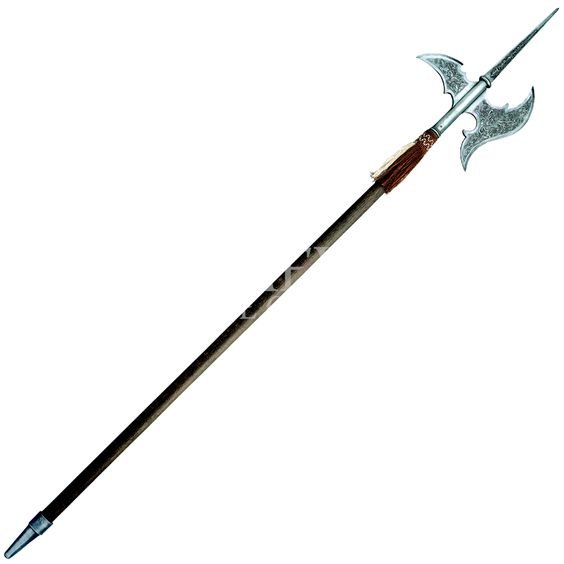

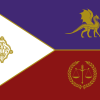

.thumb.png.a809c9aeb99fc9157cd9c29220fadce5.png)
.thumb.png.fd40023e895f66de291253454dfcd9a7.png)

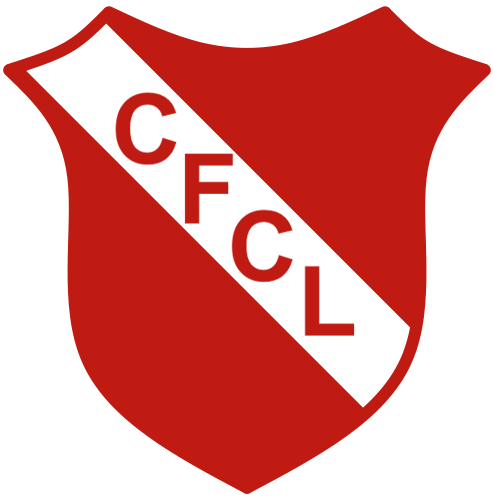



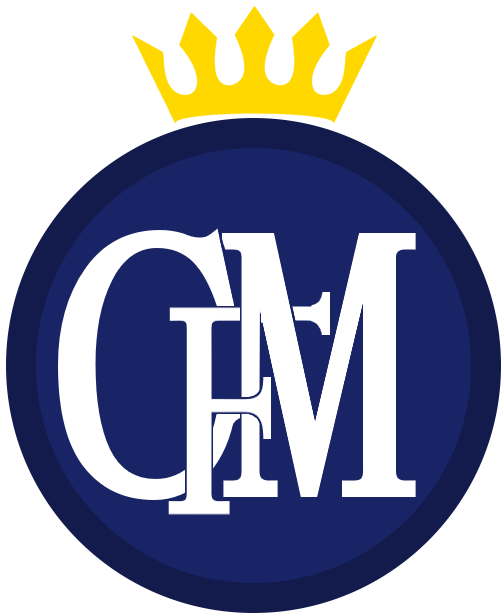


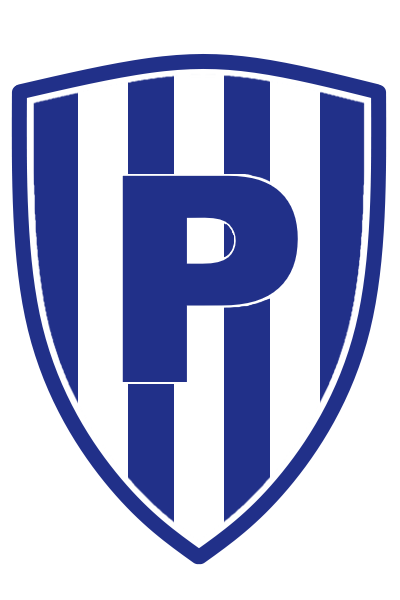

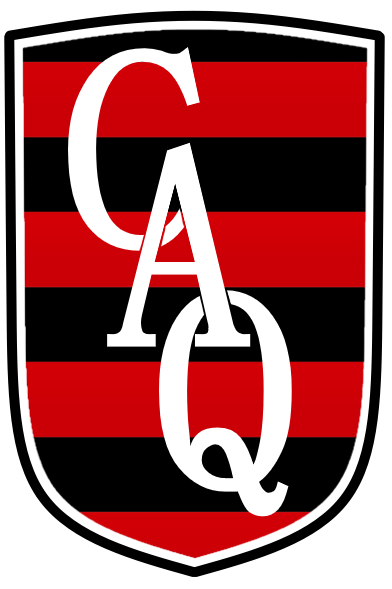


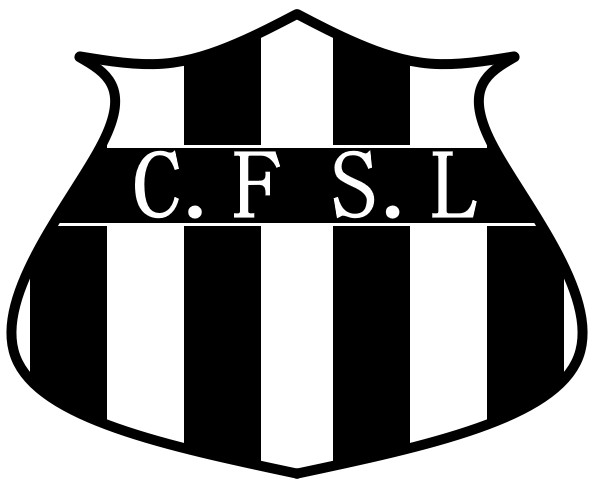
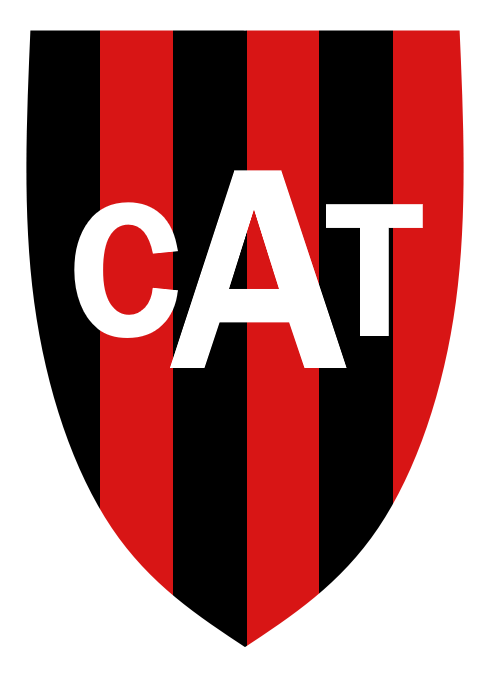

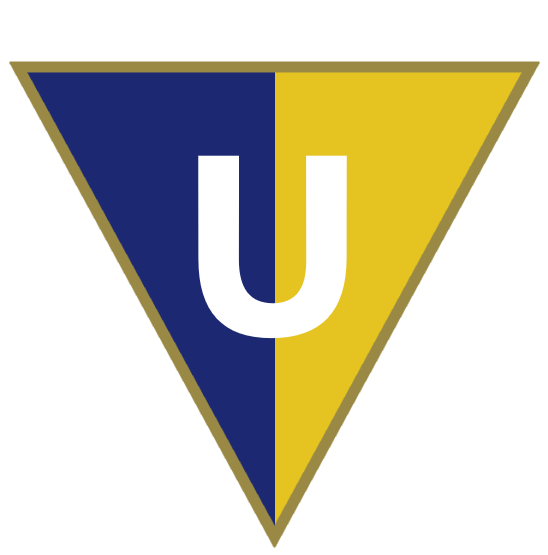
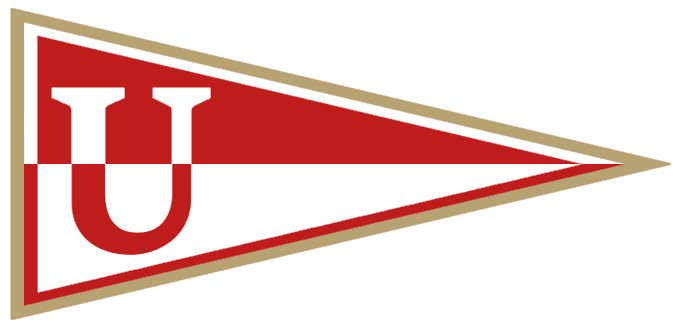
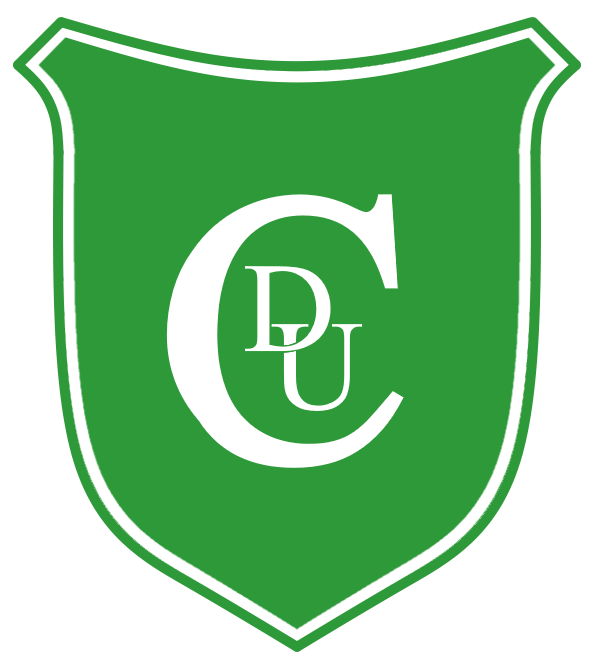

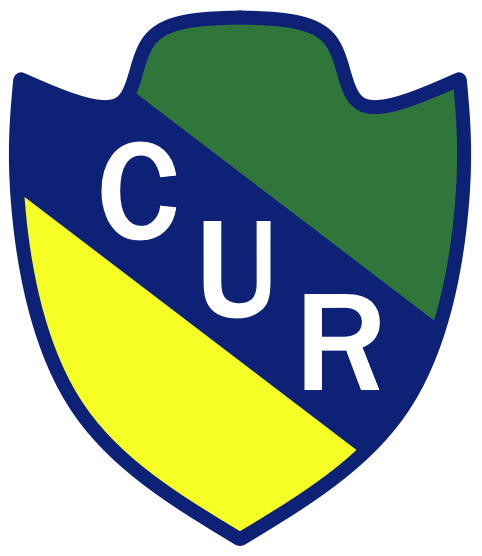


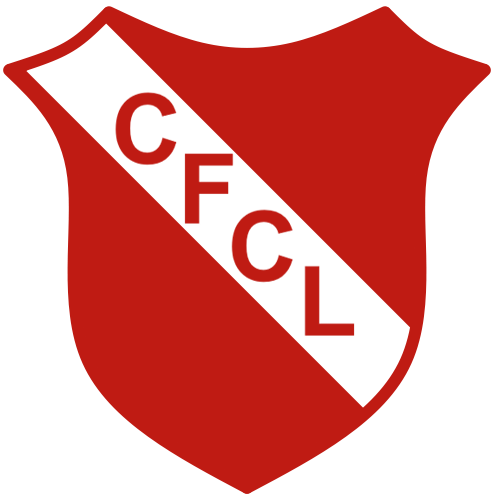



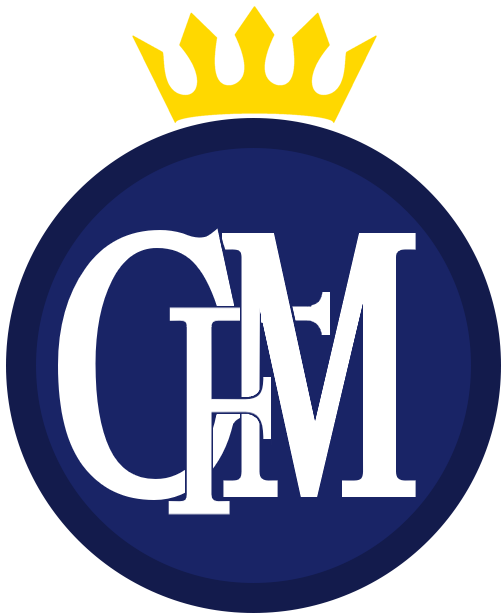


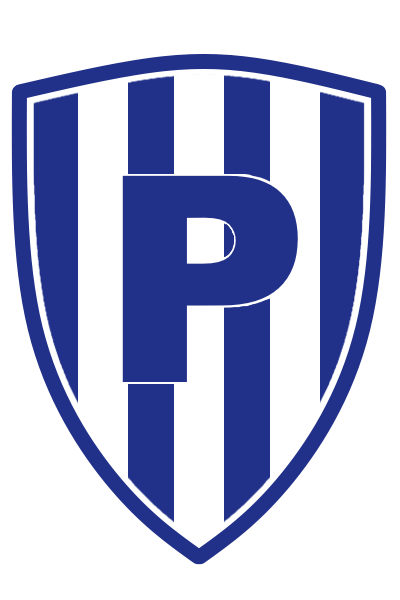

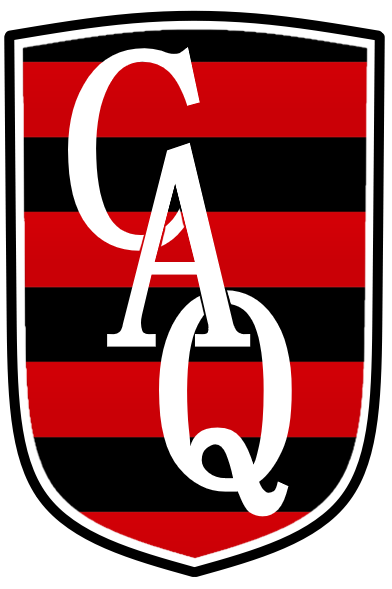


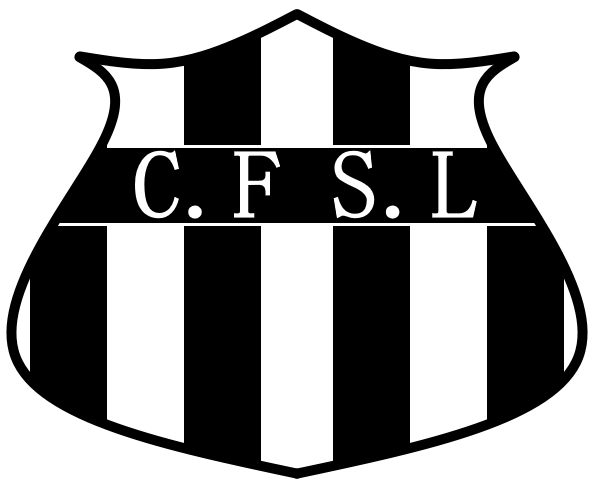
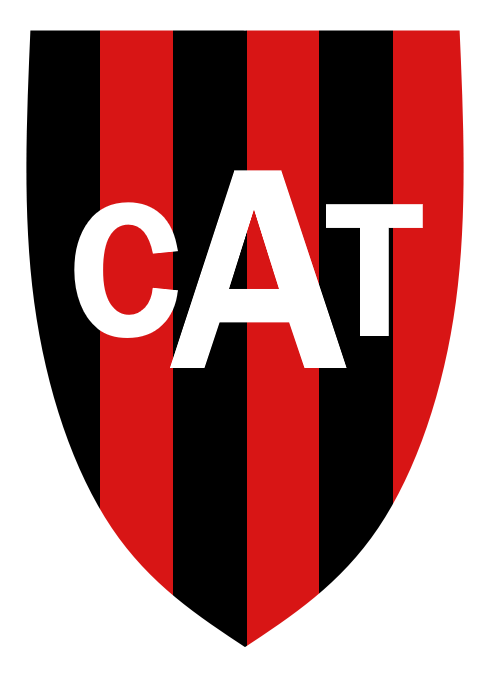

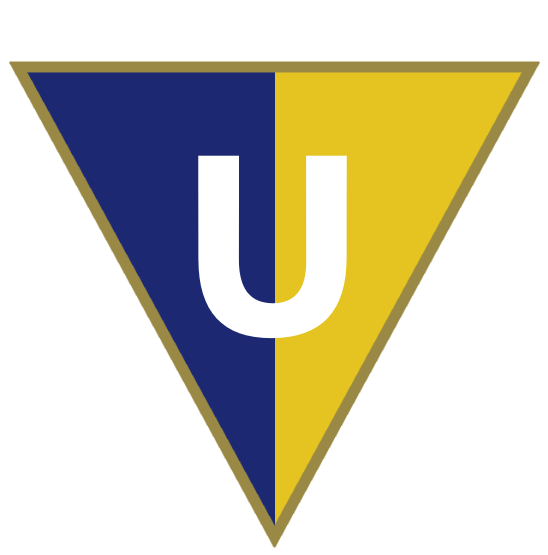
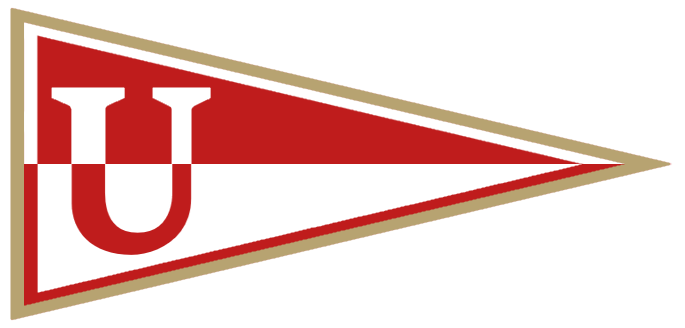
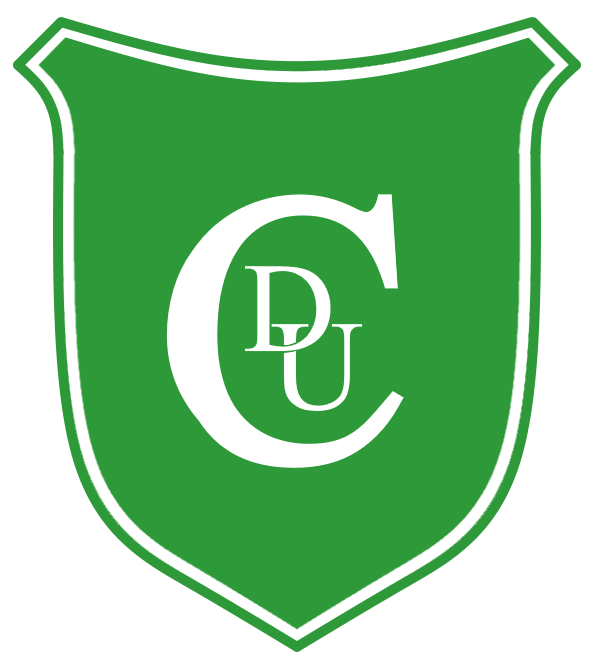

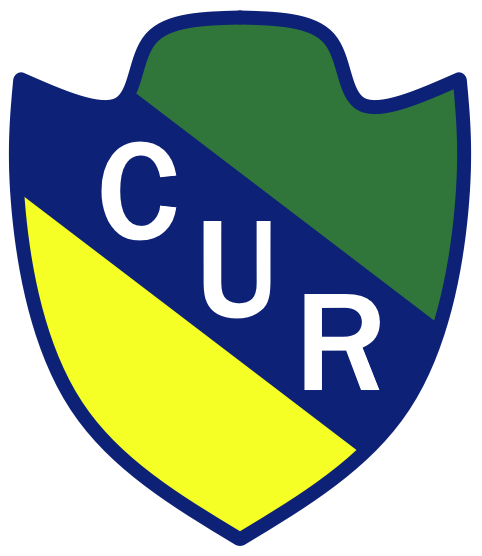
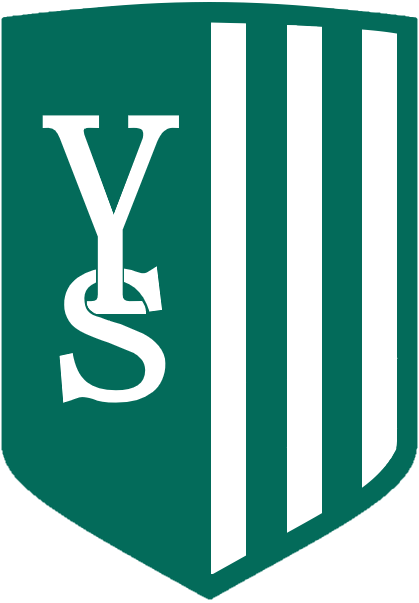


.thumb.jpeg.8abb551603a9f82d61d027c9ea4f3ab7.jpeg)
